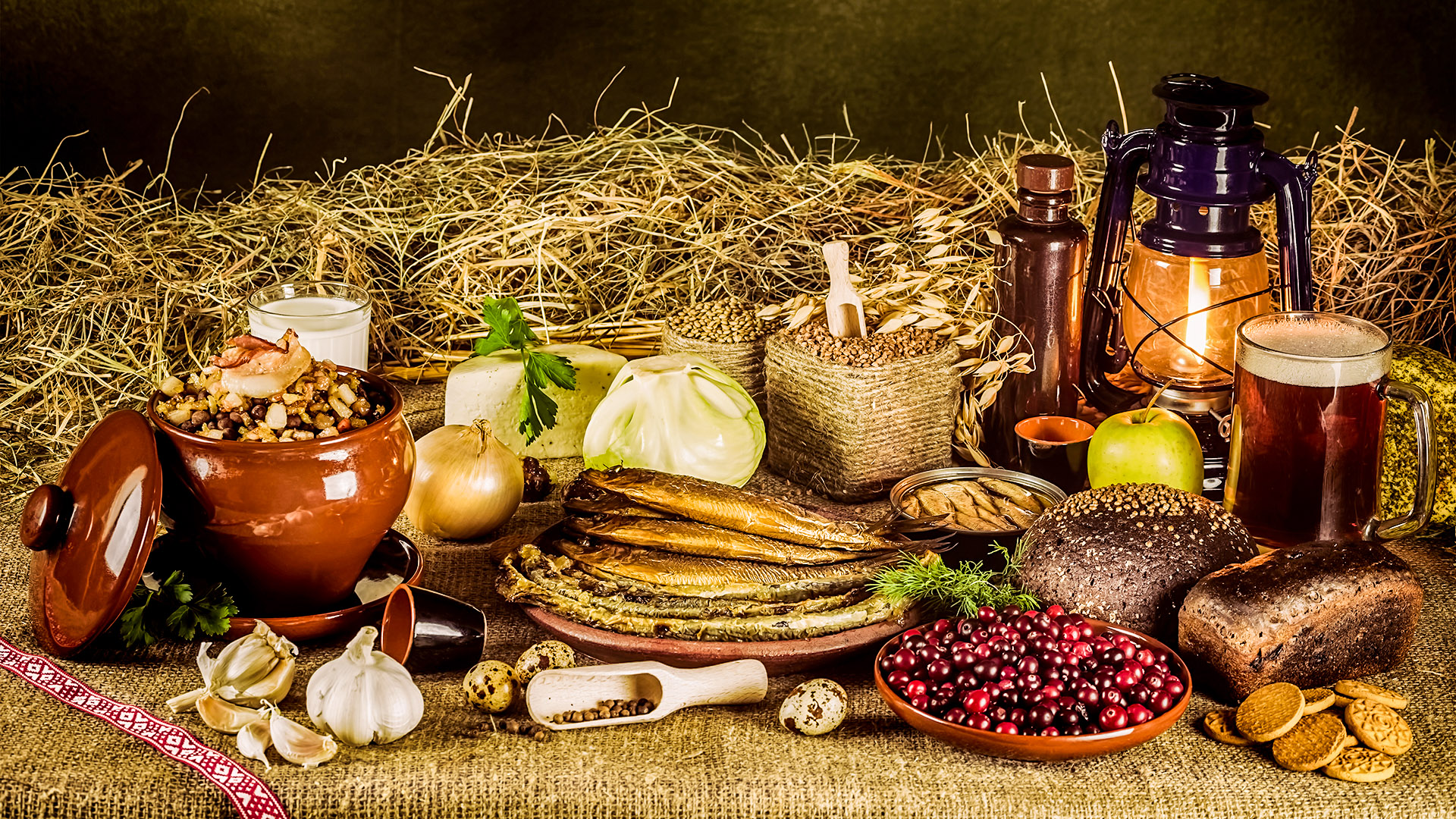
15 curious geographical facts about Russia

Climate extremes
 Oymyakon.
Oymyakon.
1. The temperature in Russia at different times of the year spans a range from -67°C to +45°C - a 78 degree difference!
Two Russian settlements compete for the title of the coldest place on Earth – the village of Oymyakon and the town of Verkhoyansk. In different years, the temperature in both of them dropped to -67°C. Both of them are located in Yakutia, in the subarctic climate zone.
Find out what it’s like to live in the coldest region of Russia here.
2. The largest city in the world located beyond the Arctic Circle is Murmansk; it’s home to more than 270,000 people. One of the country’s largest ports is also located there.
Read more about Murmansk.
3. The northernmost city with a population greater than a million people is also located in Russia – it’s St. Petersburg. The southern coast of Alaska and the capitals on Norway and Sweden – Oslo and Stockholm – lie on the same altitude.
4. Sochi, which lies in the world’s subtropical zone, is also unique: this is the city with the largest amount of precipitation in Russia.
It’s also where the 2014 Winter Olympics took place.
 Sochi.
Sochi.
5. The absolute temperature maximum in Russia was registered at a weather station in Utta, Kalmykia, on July 12, 2010. That day, the local thermometer showed +45.4°C.
Incidentally, Kalmykia is the only Buddhist region in Europe.
 Elista.
Elista.
Bodies of water and rivers
6. Surface waters occupy about 12.4% of Russia’s area. The deepest body of freshwater in the world is located in Irkutsk Region: that’s Lake Baikal. It contains one fifth of all reserves of freshwater on the planet. The lake is also 1,642 meters deep: it’s like two Burj Khalifa skyscrapers (the tallest building on Earth, 828 meters tall) on top of one another!
There’s a legend that the gold of the Russian Empire rests at the bottom of Baikal.
 Baikal Lake.
Baikal Lake.
7. Not far from Baikal lies the Bratsk Reservoir – the second largest reservoir in the world by storage capacity (169,3 cubic kilometers). It was built on the Angara River – the only river flowing out of Lake Baikal. The reservoir was filled in 1967 and its surface lies more than 400 meters above sea level.
8. The largest swamp in the world – the Vasyugan Swamp – sprawls on the territory of four regions: Tomsk Region (majorly), the Novosibirsk and Omsk regions, as well as the Khanty-Mansi Autonomous Area. It occupies 53,000 square kilometers of land: that’s larger than Bosnia and Herzegovina or Costa Rica!
Read more about this unique swamp here.
9. Russia is washed by 12 seas, belonging to three different oceans, as well as one enclosed sea – the Caspian Sea, which, in reality, is the largest closed lake on the planet.
The largest fish in the world – beluga – lives in the Caspian Sea.
 Caspian Sea in Dagestan.
Caspian Sea in Dagestan.
10. The longest river of Russia is the Lena, which is 4,400 kilometers long. Its basin is located fully within the country, on the territory of Eastern Siberia. Meanwhile, the largest river of Europe, the Volga (3,500 kilometers), places only third among Russian rivers by length.
The most famous landmark of Lena are the Lena Pillars, which you can read more about here.
 Lena Pillars.
Lena Pillars.
Landscape
11. Mountainous areas constitute about 30% of the territory of Russia. The highest point in Russia and in Europe is Mount Elbrus. This stratovolcano (thankfully dormant) is a part of the Greater Caucasus mountain system. It has two peaks – at 5,642 and 5,621 meters.
A climb on this mountain is considered easy; however, this is a misleading impression. Here we talk about why that is the case.
 Elbrus Mount.
Elbrus Mount.
12. The longest mountain range of the country is the Ural Mountains; it cuts through the territory of Russia from north to south and stretches for 2,000 kilometers. It’s believed that the border between Europe and Asia lies along the Ural mountain range. About three fourths of the territory of Russia is located in Asia.
Read more about Ural Region here.
13. The title of the most ancient mountain in the world is attributed to Karandash, a tiny south-Ural mountain located in Chelyabinsk Region. It stands only 610 meters tall, but, according to scientists’ estimations, it’s 4.2 billion years old (while the age of our planet is about 4.75 billion years). Karandash consists of minerals called israndites, which are believed to be the remnants of the supercontinent that still existed 2 billion years ago. As such, the Ural Mountains are one of the most ancient mountains on Earth.
14. The tallest active volcano in Eurasia is Klyuchevskaya Sopka and is located on the Kamchatka Peninsula in the Far East. It’s 4,850 meters tall and believed to be one of the most active volcanoes in the world.
Check out the most beautiful volcanoes of Russia here.
 Klyuchevskaya Sopka volcano.
Klyuchevskaya Sopka volcano.
15. The Udachnaya kimberlite pipe is the forth-deepest open-pit mine in the world. This is the largest diamond deposit in the country by the amount of raw material and the size of the ore body. Its designed depth is 640 meters.
You can read about Yakutia’s ‘Mir’, another kimberlite pipe, and the town of Mirny – the diamond capital of Russia – here.
 Udachnaya pipe.
Udachnaya pipe.












